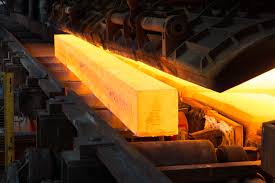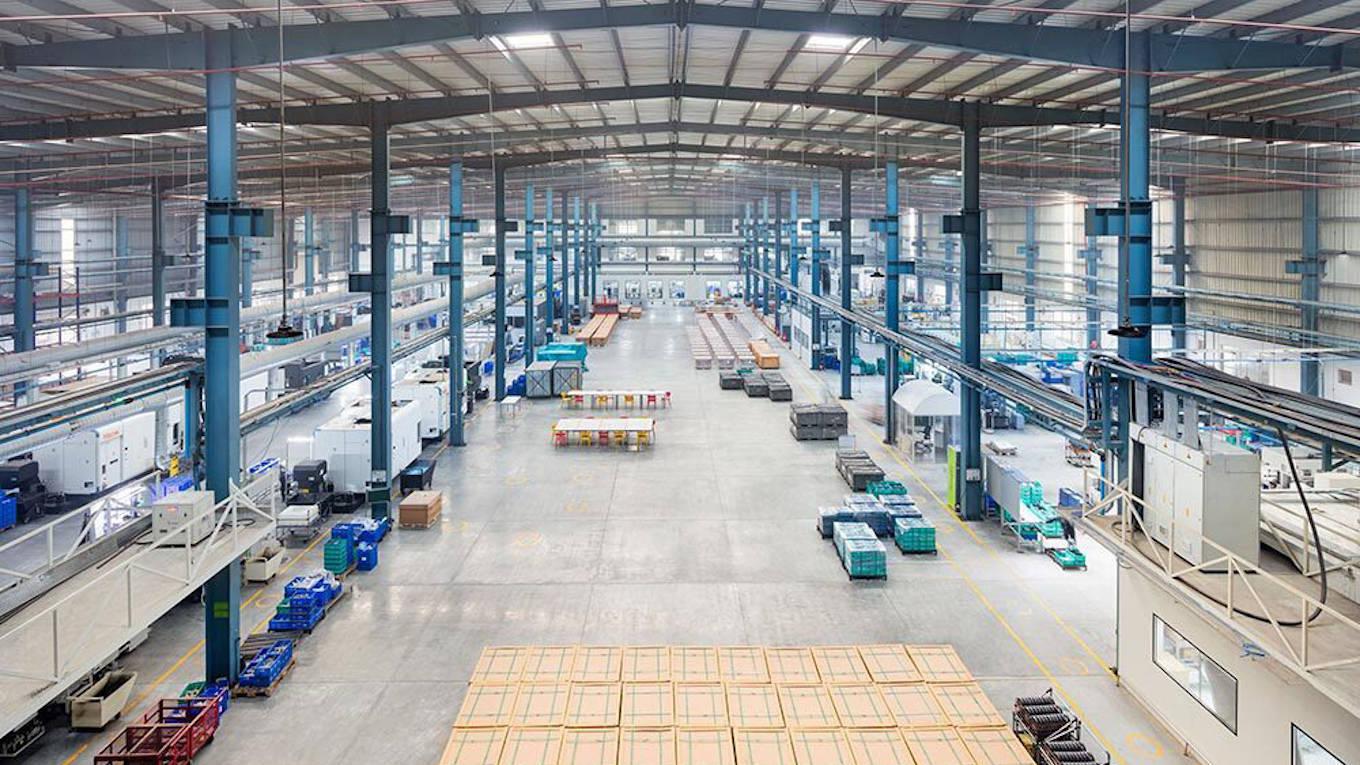Business Model:
Granules India Limited is a large-scale vertically integrated company founded in 1991. It is engaged in manufacturing of Active Pharmaceutical Ingredient (API), Pharmaceutical Formulation Intermediate (PFI) and Finished Dosage (FD).
With a strong presence across all three vertical the company has created a leadership position in the off-patent drugs segment along with ensuring a strong presence in first line of defense’ products such as Paracetamol Ibuprofen Metformin and Guaifenesin.
The company has a global presence across 60+ countries servicing over 250 customers. Granules India is the preferred supplier for some of the world’s leading pharma branded and generics companies.
The company has one of largest PFI and single site FD facilities in the world. It is also home to one of the World’s largest Paracetamol API facilities. Granules India has eight manufacturing facilities out of which six are located in India and one in the US.
It also has two operational manufacturing units located in India and China through its joint venture entities
Financials:
Sales growth:
Annual Sales have increased from 1430 Cr in 2017 to 2230 Cr in 2021. The growth is generally consistent around 25-30% growth per annum. Overall sales have increased to 2.5 times in 4 years.
EBITDA/ PAT Growth:
EBITDA has increased nearly 3 times from 2017 (300 Cr) to 2020 (855 Cr). PAT has increased in similar lines to 4 times in 4 years. Interest costs have been constant around 30Cr per annum and is negligible compared to the overall EBITDA numbers.
Margin:
The EBITDA margin has been stable around 20% between 2016 and 2020. PAT margin has been 10% around the same period though there was a dip to 7% in 2018 and 2019.
ROE: Reduced from 24% to 19% from FY16 to FY20. FY20 ROE is 19%. ROE has been constantly above 11% over the past 5 years.
ROCE: Reduced from 20% to 17% from FY16 to FY20. FY20 ROCE is 17%. ROCE has been constantly above 11% over the past 5 years. The numbers in 2018 and 2019 have been low though the recent performance has been back to 2016 levels.
Debt and coverage:
Debt to equity ratio has reduced from 1.01 (2016) to 0.49 (2020). Interest coverage ratio has increased 3 times from 6 to 17 in the same period. Also, current ratio has increased from 1.25 to 1.8. The reduction in debt equity ratio is mainly driven by increase in equity value rather than reduction in debt. The debt has been constant over the last 3 years.
Shareholding:
Promoters hold 42% stake and institutions hold 25% stake. Promoter stake has been constant. FII and DII stake have been slightly reducing in the recent past.
Expensiveness: PE ratios:
Earning per share: Rs. 22, Share price : 322; PE ratio = 15; Price to book ratio = 4;
Industry average PE ratio is 34; Also historically the PE ratio has been between 15 and 25, hence the current PE ratio is close to lower end of historical PE ratios. The company has decent fundamentals where there is need for consistent improvement in ROE and ROCE as well as any update on debt reduction may be seen as a huge positive.
Dividend Yield : 0.2%
EV/ EBITDA is 7.2


